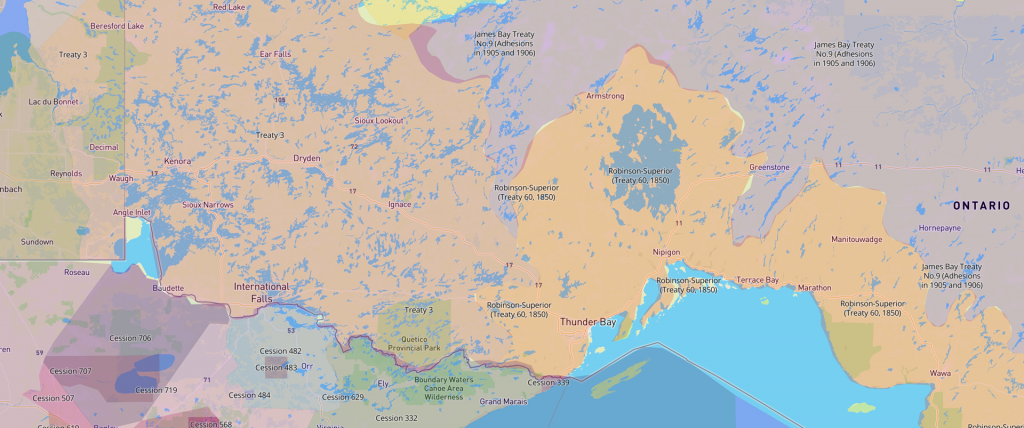The Conseil scolaire de district catholique des Aurores boréales implements winning teaching practices and provides learning opportunities to ensure the growth and success of all its students.
To further support First Nation, Métis and Inuit students, the Board is implementing the Ontario Aboriginal Education Strategy. The strategy is designed to close any achievement gaps that may exist between Aboriginal and non-Aboriginal students, to help build identity for Aboriginal students, and to increase awareness of the history, diverse culture and perspectives of Aboriginal peoples among all students and staff.
Aboriginal Education Committee
The Board collaborates with its parents and community partners through an Aboriginal Education Committee to discuss priorities, initiatives and issues related to Aboriginal education in CSDCAB schools. Its objective is to provide input to the Board on the development and implementation of the Aboriginal Education Action Plan to best meet the needs of self-identified First Nations, Métis and Inuit students.
If you would like to join the committee for the 2025-2026 academic year, please fill out this form before December 5, 2025.
Voluntary and confidential self-identification
Self-identification is a voluntary and confidential identification process to which all students and families of First Nations, Métis and Inuit ancestry are entitled. It is a personal choice and no proof is required.
Self-identification is an important step in developing Aboriginal students' cultural pride and sense of belonging. This information enables the Board to better determine the resources, programs, support and professional development required to value the cultures and histories of Aboriginal peoples, and to ensure the academic success and well-being of all students, including First Nations, Métis and Inuit students.

How to self-identify?
Nothing could be easier! For a new student, all the parent has to do is fill out the appropriate section on the registration form. For a student already enrolled in one of our schools, you can fill out our online self-identification form.
Definitions
Aboriginal
The term refers to all the original inhabitants of Canada and their descendants, including First Nations, Métis and Inuit.
Metis
The Métis are people who are descended from both Europeans and First Nations, and were therefore born of this intermingling. They have their own customs and traditions. Many of the Métis in Canada are descendants of the French voyageurs and coureurs des bois.
Inuit
The Inuit are the indigenous people of the Arctic regions of Siberia and North America, as well as Greenland.
First Nations
The term First Nations came into general use in the 1970s to replace the term Indians, which was perceived negatively. It is used by the Canadian Aboriginal populations to designate the first in North America.
Definitions
Aboriginal
This term refers to all the original inhabitants of Canada and their descendants, including First Nations, Métis and Inuit.
Metis
The Métis are people who are descended from both Europeans and First Nations, and were therefore born of this intermingling. They have their own customs and traditions. Many of the Métis in Canada are descendants of the French voyageurs and coureurs des bois.
Inuit
The Inuit are the indigenous people of the Arctic regions of Siberia and North America as well as Greenland.
First Nations
The term First Nations came into general use in the 1970s to replace the term Indians, which was perceived negatively. It is used by the Canadian Aboriginal populations to designate the first in North America.
We would like to pay tribute to the Aboriginal peoples, the traditional custodians of this land. We recognize their long-standing and sacred connection to this land. As such, we recognize that we are on the lands designated in the Robinson Superior Treaty, Treaty Number 3 and James Bay Treaty Number 9.
We would like to acknowledge the contributions of First Nations, particularly the Anishinabe, and the Métis of the region and other First Nations and Inuit who have shaped and strengthened our province and our country as a whole.
We must recognize the contributions and historical significance of Indigenous peoples as it is our collective responsibility to commit to the promise and challenge of truth and reconciliation in our communities.

